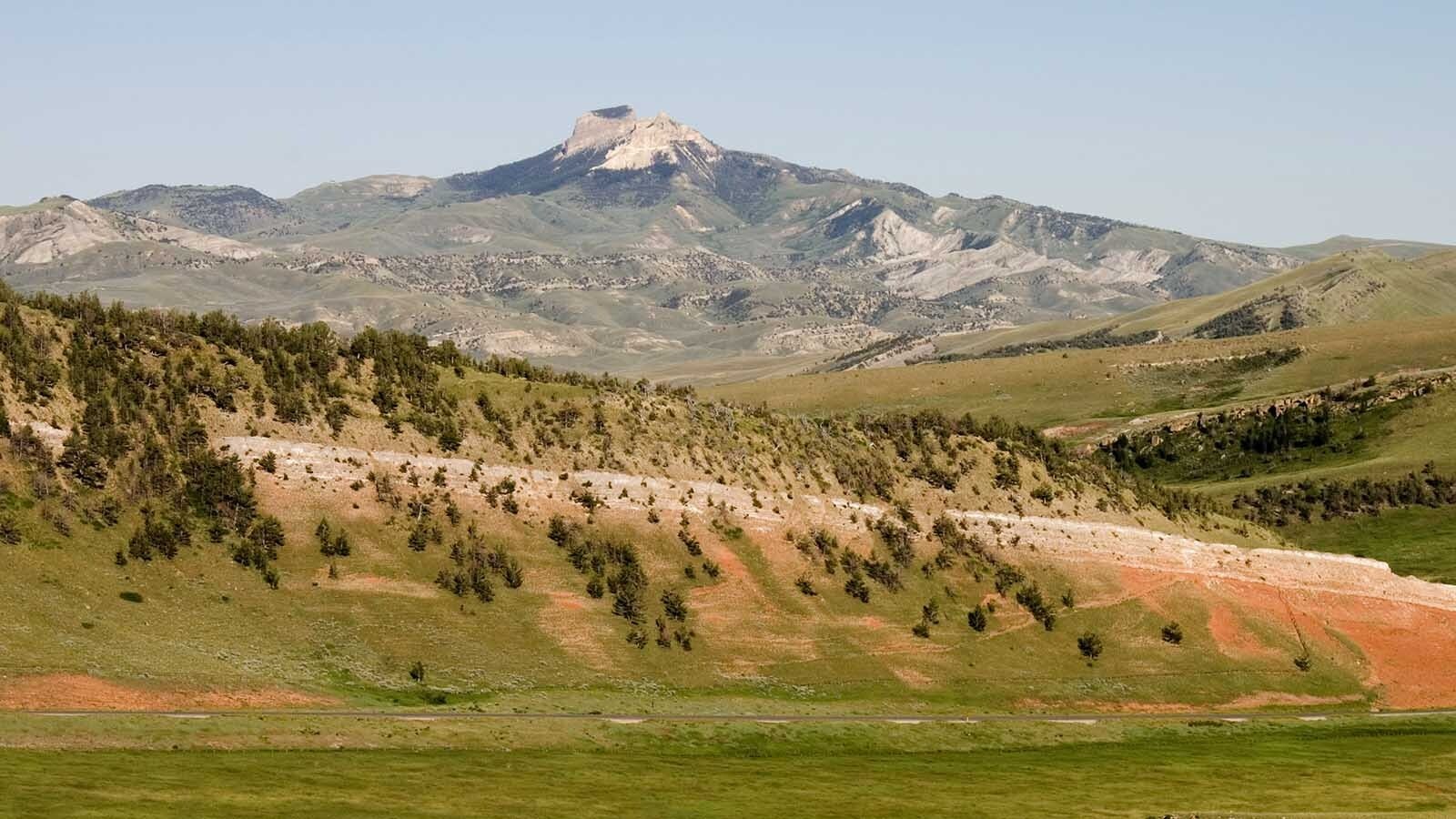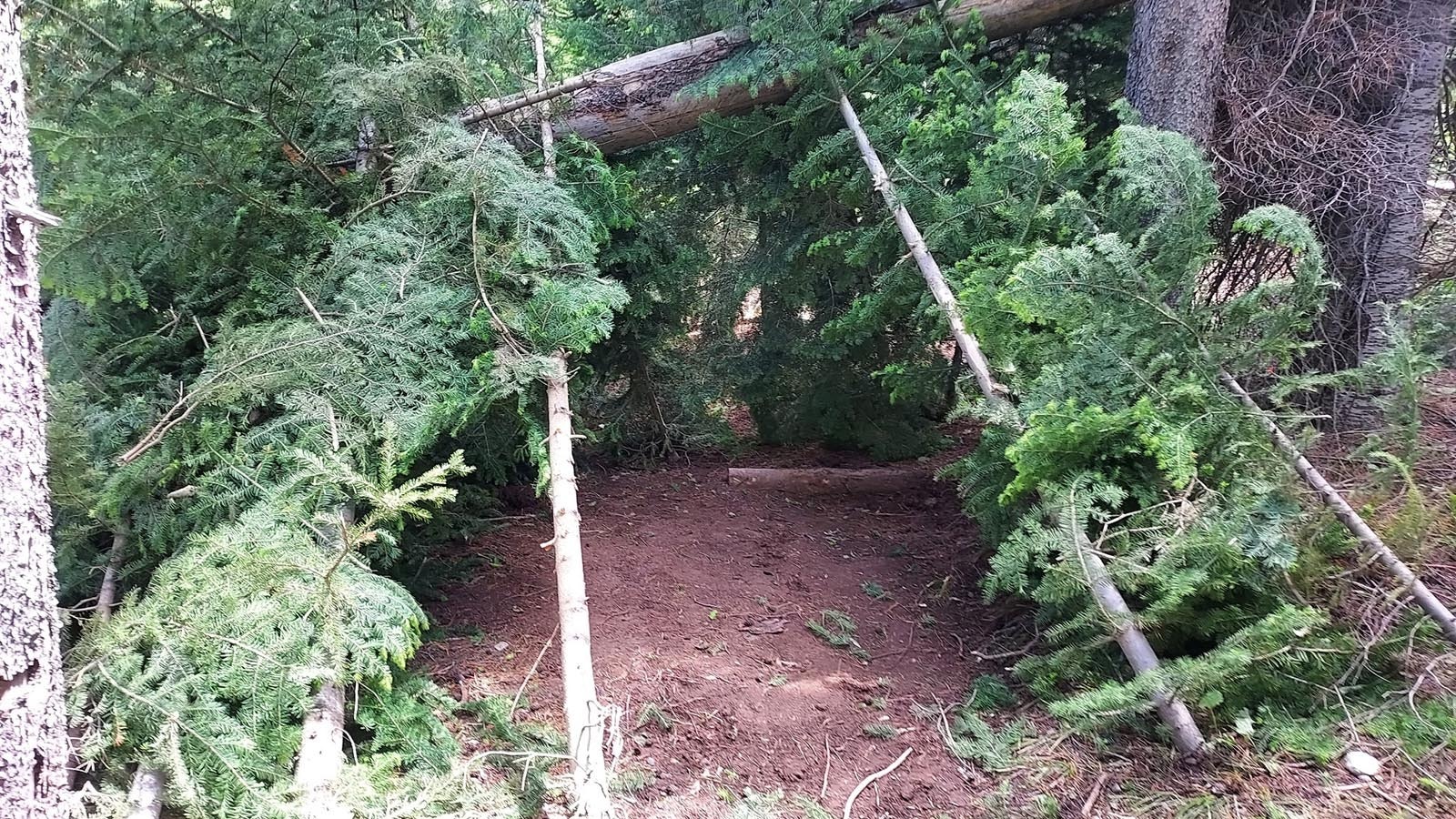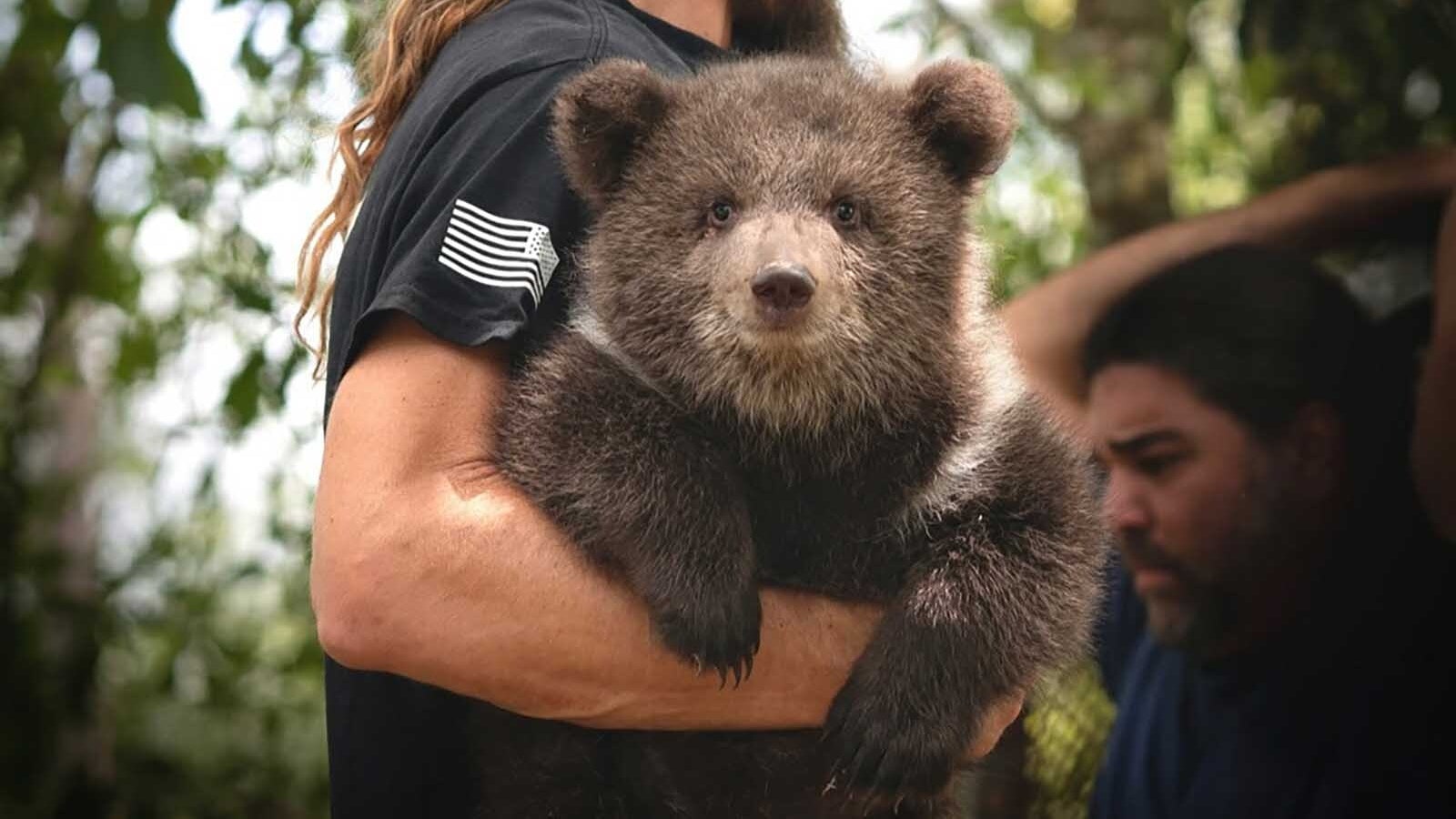There’s a new super predator on the scene as polar bears and grizzlies crossbreed to produce “grolar” bears.
Or, as some folks call them, “pizzlies.”
Retired federal ecologist Chuck Neal of Cody said he prefers the latter term.
“Why not call is a pizzly bear? I suppose you could call it whatever you want,” he said.
The first confirmed case of a grolar bear was in 2006. A hunter shot what he thought was just a brown bear or grizzly with odd white speckles. But DNA testing proved that bear was the offspring of a polar bear and grizzly.
One Big, Happy Grolar Bear Family
Research indicates that the known grolar/pizzlies share a common family line, Arctic bear researcher Todd Atwood told Cowboy State Daily.
“To my knowledge, there have been eight confirmed polar bear-grizzly bear hybrids, and all have come from the Southern Beaufort Sea subpopulation, which is shared between the U.S. and Canada,” said Atwood, who is a research wildlife biologist with the U.S. Geological Survey Alaska Science Center.
Many hybrid or crossbreed animals can’t have young of their own, but there’s evidence that pizzlies can reproduce, Atwood said.
“Of the eight hybrids, four are first-generation hybrids — a female polar bear mated with a grizzly — and four are second-generation hybrids, polar-grizzly hybrids mated with other grizzlies,” he said. “All eight hybrids have been traced back to a single female polar bear and two male grizzlies.”
Since that grolar bear family affair, the team hasn’t found any further evidence of crossbreeding in the region, he added.

Sea Bears Vs. Land Bears
Northern brown bears are essentially the same species as Wyoming’s grizzlies, Neal said, adding that grizzlies are great all-around survivors.
People usually think of grizzlies as carnivores, but grass, roots and other plants make a up a huge part of their diet, Neal said. That allows them to live in places where polar bears could never dream of going.
Grizzlies once occupied a huge swath of territory as far east as the Mississippi River and south all the way to Mexico.
The size of their territory might not be what it once was, but grizzlies have been pushing out from the heart of Yellowstone, Grand Teton and Glacier national parks to reclaim some of their old stomping grounds.
They’ve been going ever-farther east into Montana’s high prairies. And in Wyoming, they’ve been spotted as far south as the Kemmerer area.
Polar bears, on the other hand are highly specialized. They eat only meat, mostly seals, and are pretty much struck where they already are, Neal said.
Even polar bear paws put them at a disadvantage outside of their prime habitat of ice flows and ocean water.
“Those paws are 12 inches or more across. That’s great for swimming through the ocean, but it’s not great for walking across dry land,” he said.
Already Closely Related
Polar bears and grizzlies are good candidates for producing hybrid offspring because, despite living quite differently, they are still closely related.
“The polar bear is the most modern lineage of the eight bear species that exist today, and is most closely related to brown bears,” said Montana-based bear biologist Frank van Manen, who is the supervisory research wildlife biologists with the U.S. Geological Survey’s Interagency Grizzly Bear Study Team.
Of course, “most modern” in terms of species biology is still going back quite a long way.
“The timing of when polars bears split off continues to be a topic of scientific debate, but recent genomics research indicates that polar bears and brown bears started to become distinct species about 1.3 to 1.6 million years ago,” added van Manen.

A Threat To Polar Bears?
There’s concern over the future of polar bears, mostly because of habitat loss, van Manen said.
As polar ice sheets shrink in some places, that might be good news for grizzlies, as it gives them more dry land to dominate. But it’s bad news for polar bears.
Whether crossbred grolar bears are a threat to polar bears remains to be seen. But at least for now, it’s not a major concern, Atwood said.
Extensive genetic testing hasn’t revealed any new grolar bears in the last 10 years, so “we consider hybridization to be rare and not a current threat to polar bears,” he said.
When it comes to long-term survival, specialization is the greatest strength, and weakness, of polar bears, Neal said.
Polar bears are really good at what they do, which is swimming long distances, prowling across the ice and killing seals. But that’s about all they’re good at.
“In the end, the polar bear has gotten himself way out on the end of one branch,” he said.
In all the hybrids studied so far, the flow seemed to be the grizzly side taking on the genes and behaviors of the polar bear side, rather than the other way around, Atwood said.
“If the flow was opposite, polar bears might benefit from acquiring ‘generalist’ genes that could allow them to, for example, better metabolize foods grizzlies use, like foods that are protein and carbohydrate rich,” he said. “But, that doesn't seem to be the case.”
Mark Heinz can be reached at mark@cowboystatedaily.com.





